The world’s most fascinating, rare creatures (and where they are located)
Our planet is teeming with remarkable creatures, each one specially adapted to survive in its own corner of the world. Whether it’s the dense rainforests, sweeping savannas, soaring mountain ranges, or the deepest parts of the ocean, every environment is home to animals built to thrive there.
You don’t have to embark on a grand safari to witness this incredible diversity—sometimes the most captivating wildlife can be found right in your own backyard. Join us on a global journey as we discover some of nature’s most extraordinary species and explore how they’re perfectly suited to their unique habitats. Get ready for an up-close look at the wonders of the natural world!
Penguins: Chile
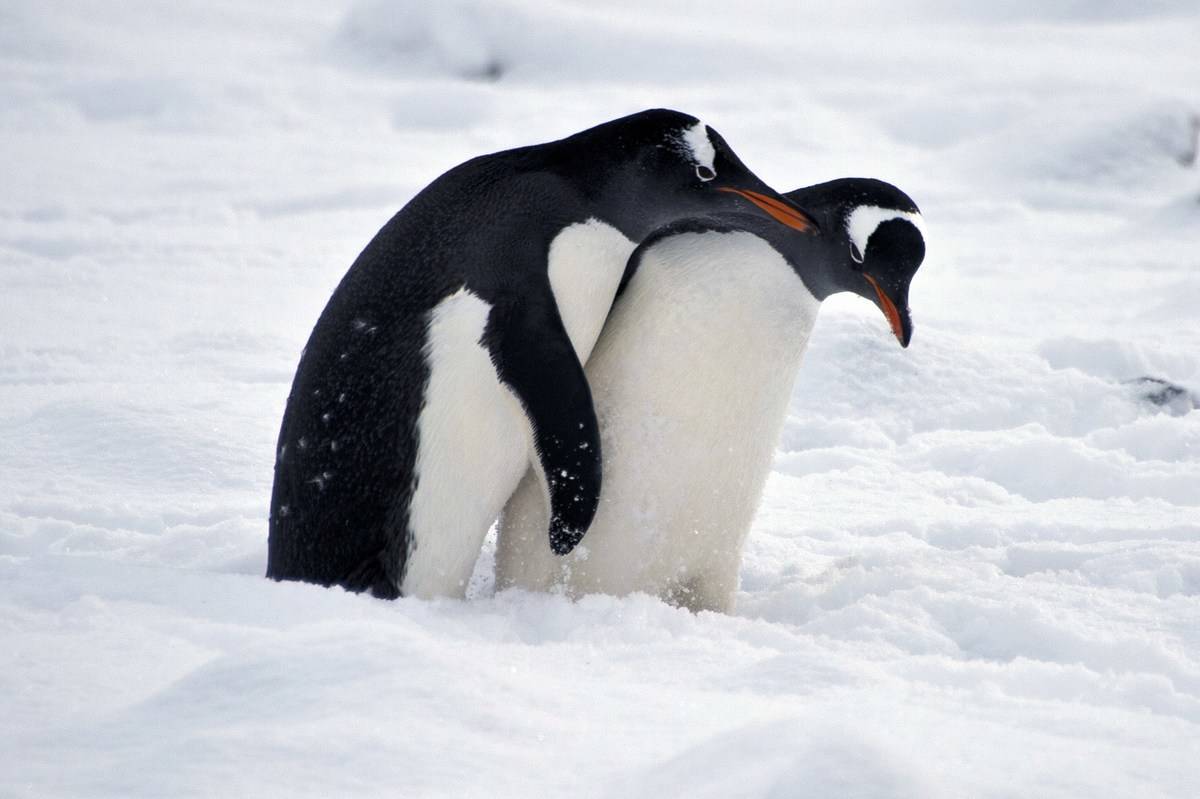
Male penguins might just be the ultimate romantics—they search for the perfect pebble to present to their chosen mate, and they’ll even battle over the finest ones. It’s their unique way of saying, “I love you.”
Jackson’s Chameleon: Kenya
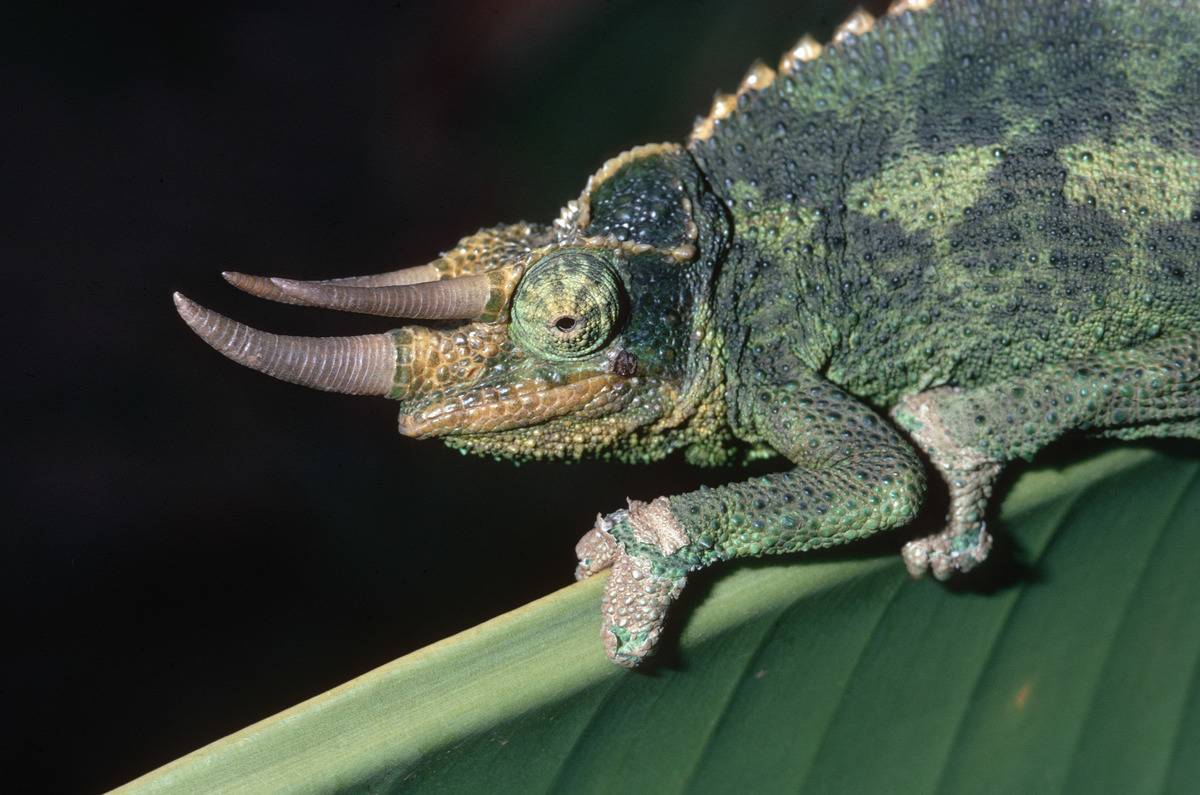
One of the most fascinating things about chameleons is their ability to change color, helping them blend into their surroundings and avoid predators. They also have an incredibly fast, projectile tongue—launching at speeds up to 100 times faster than the rest of their body, which is especially impressive considering how slowly they usually move.
Pygmy Marmosets: Peru

The pygmy marmoset, the smallest monkey in the world, gives birth to babies so tiny they weigh less than half an ounce—roughly the size of a small grape. You could easily fit two of these newborns on a single finger. These miniature primates usually give birth during peak seasons from May to June and again between November and January.
Aye-Aye: Madagascar

Despite its large eyes, bat-like ears, and long, eerie fingers used for foraging, this lemur species is the rarest of them all. In Madagascar, the Aye-Aye is often thought to bring bad luck.
Monarch Butterflies: Mexico
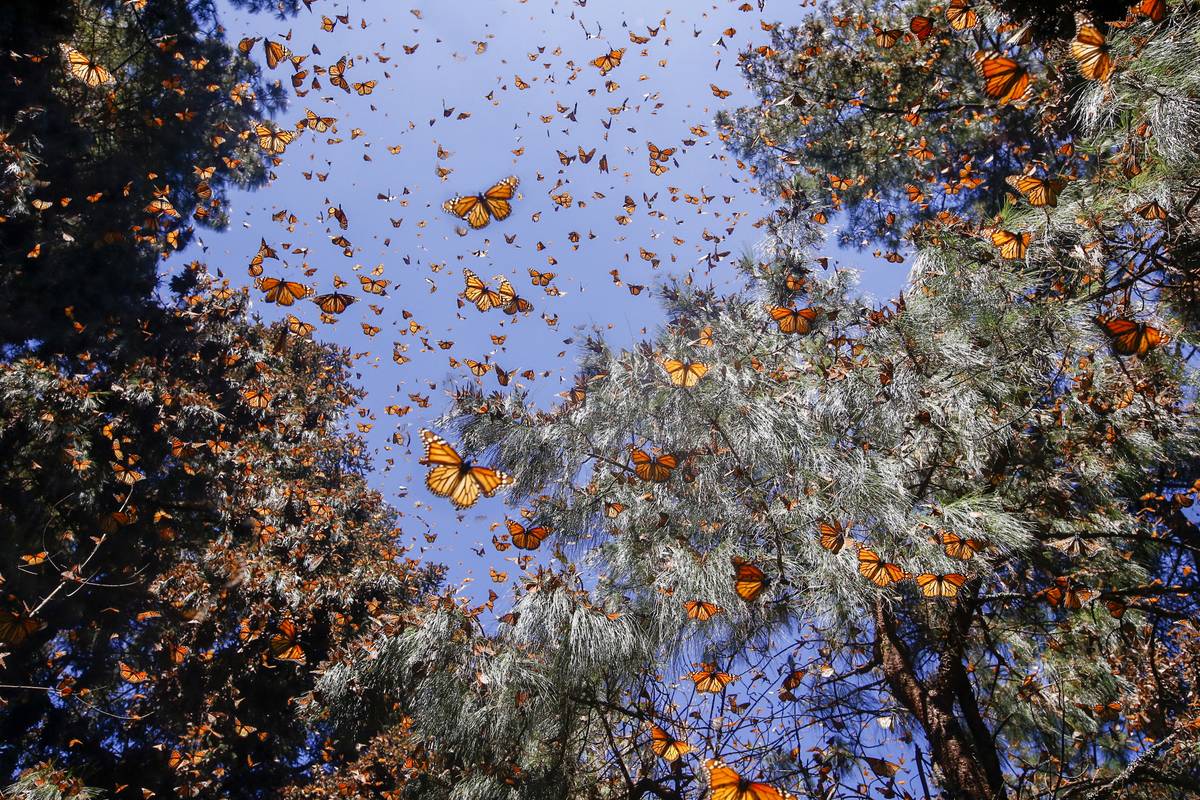
Every winter, millions of Monarch butterflies travel to Mexico, blanketing the skies and weighing down tree branches with their vast numbers. This awe-inspiring natural event showcases the remarkable journey they undertake.
Komodo Dragon: Indonesia
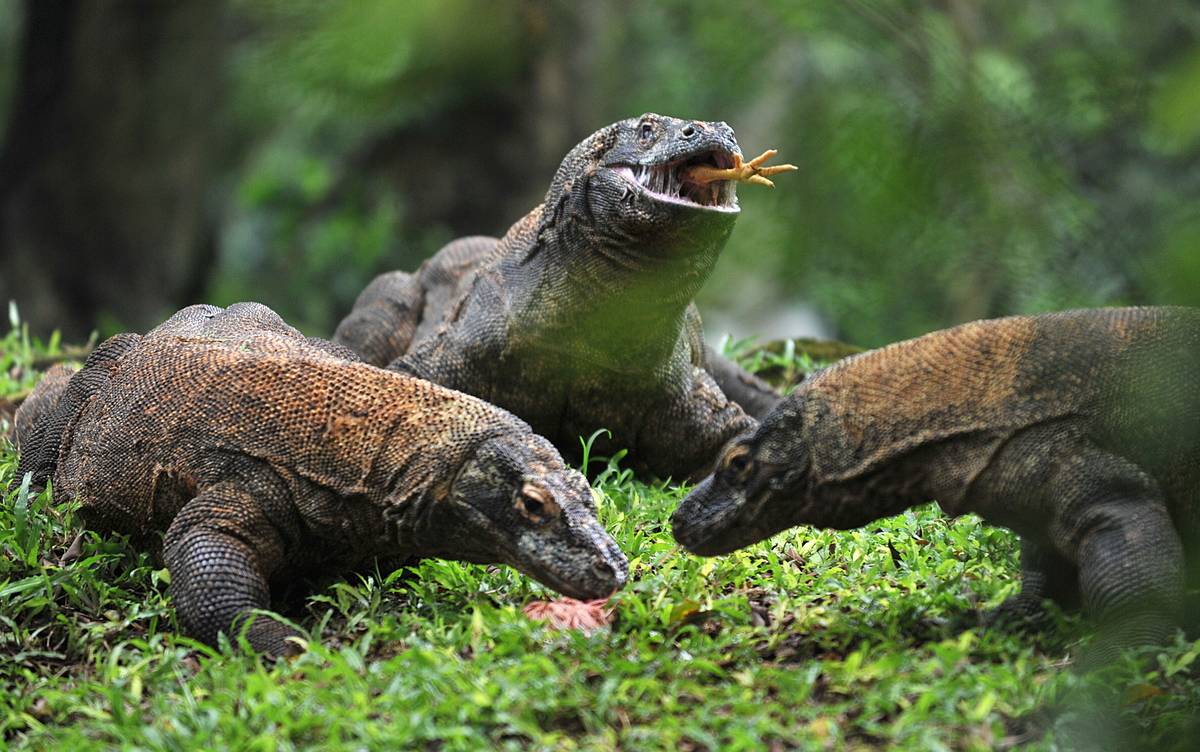
Meet the world’s largest—and most dangerous—lizard: the Komodo dragon. Native to Indonesia’s islands, these powerful carnivores can be seen year-round at national parks, often reached by luxury sailboats or cruise ships.
Sea Turtles: Hawaii
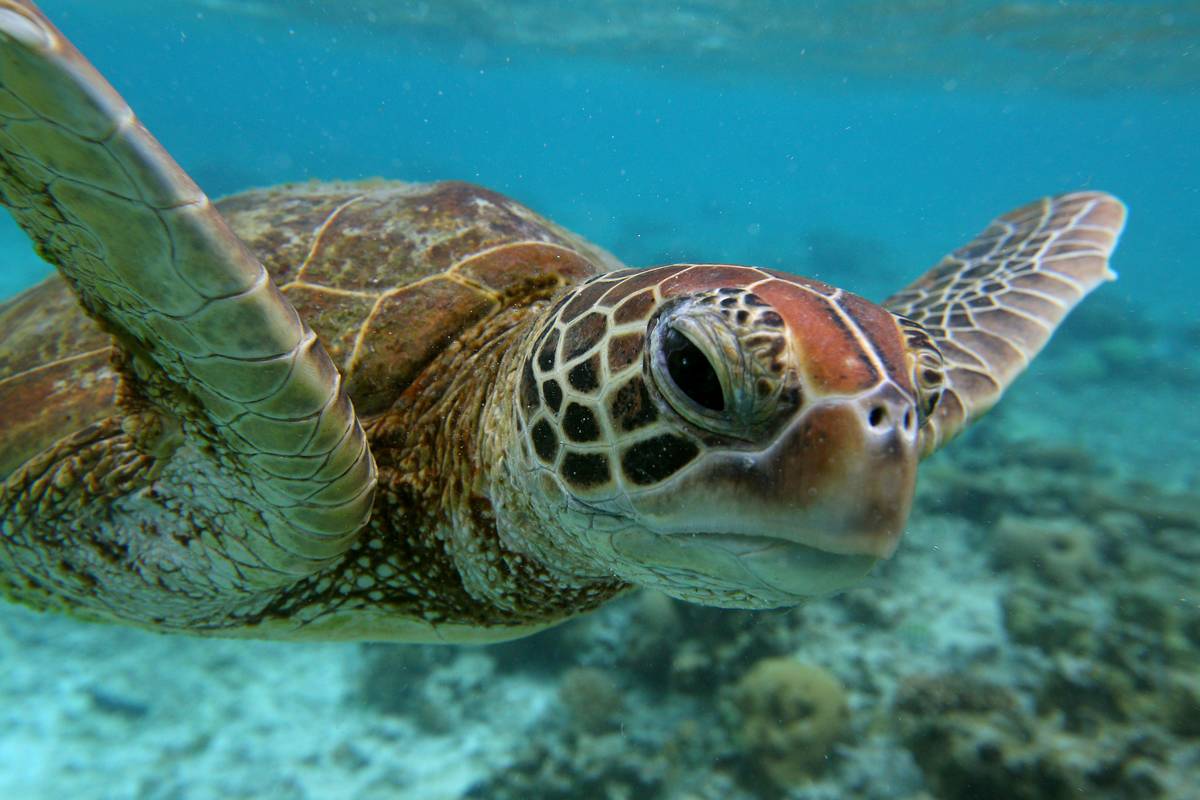
The volcanic waters along Molokai’s south coast in Hawaii offer an ideal home for green sea turtles. With their clear, warm, and shallow conditions, these waters create the perfect habitat for these graceful animals, attracting snorkelers and scuba divers alike.
Atiu Swiftlets: Cook Islands

These birds are now quite rare, with just around 500 left in existence. Still, tour guides on the Cook Islands provide trips to the pitch-dark Anatakitaki Kopeka Cave, where visitors can spot these bat-like birds hanging quietly.
Macaw: Peru

Every day along the Madre de Dios River in eastern Peru, these dazzling macaws show off their bright red, green, gold, and blue feathers. Visitors can embark on a boat journey to the Manu Biosphere Reserve to see these vibrant birds up close—an unforgettable spectacle for anyone fortunate enough to witness it.
Narwhal: Arctic Waters

This whale, resembling a mythical unicorn, is famous for its lengthy horn—actually a tooth—that can grow up to nine feet long in males. Interestingly, the purpose of this impressive tusk remains a mystery. Still, the males use it like a fencing sword to woo the females.
Leatherback Turtle Hatchlings: Trinidad

Though they may seem modest, these turtle giants can weigh as much as 1,000 pounds and reach lengths of nearly eight feet. The best time to see them nesting on Trinidad’s beaches is from March through August.
Bengal Tiger: India, Nepal China
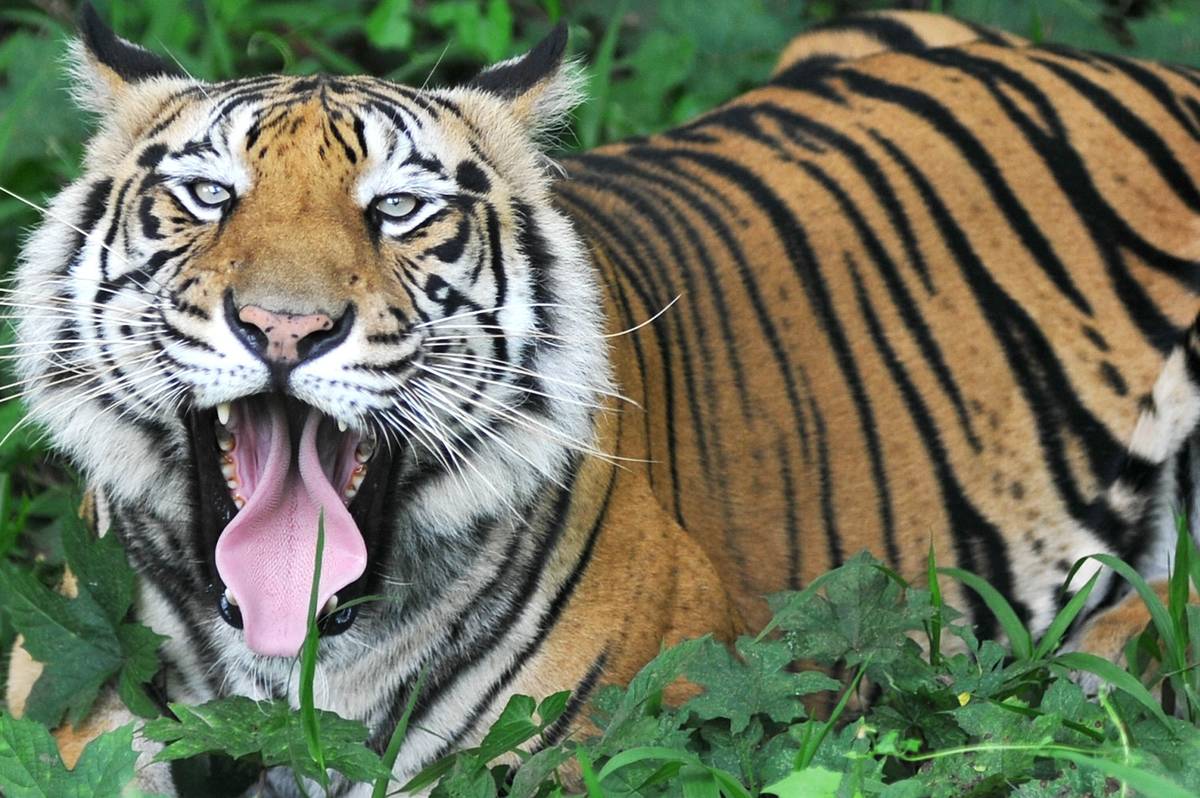
This tiger carries unique significance in various cultures. In China, it symbolizes loyalty. Within Hindu tradition, the goddess Durga is frequently depicted riding a tiger. Among the Naga tribes, there is a belief that men and tigers share a brotherly bond.
Magnificent Frigate Bird: America

A gular sac, which is the red balloon at the front, covers the male’s throat and chest. During mating season, it inflates greatly to attract potential mates. Since it keeps them from flying, they spend time on tree branches and rocks, hoping to catch attention by waving their wings.
Ring-Tailed Lemurs: Madagascar
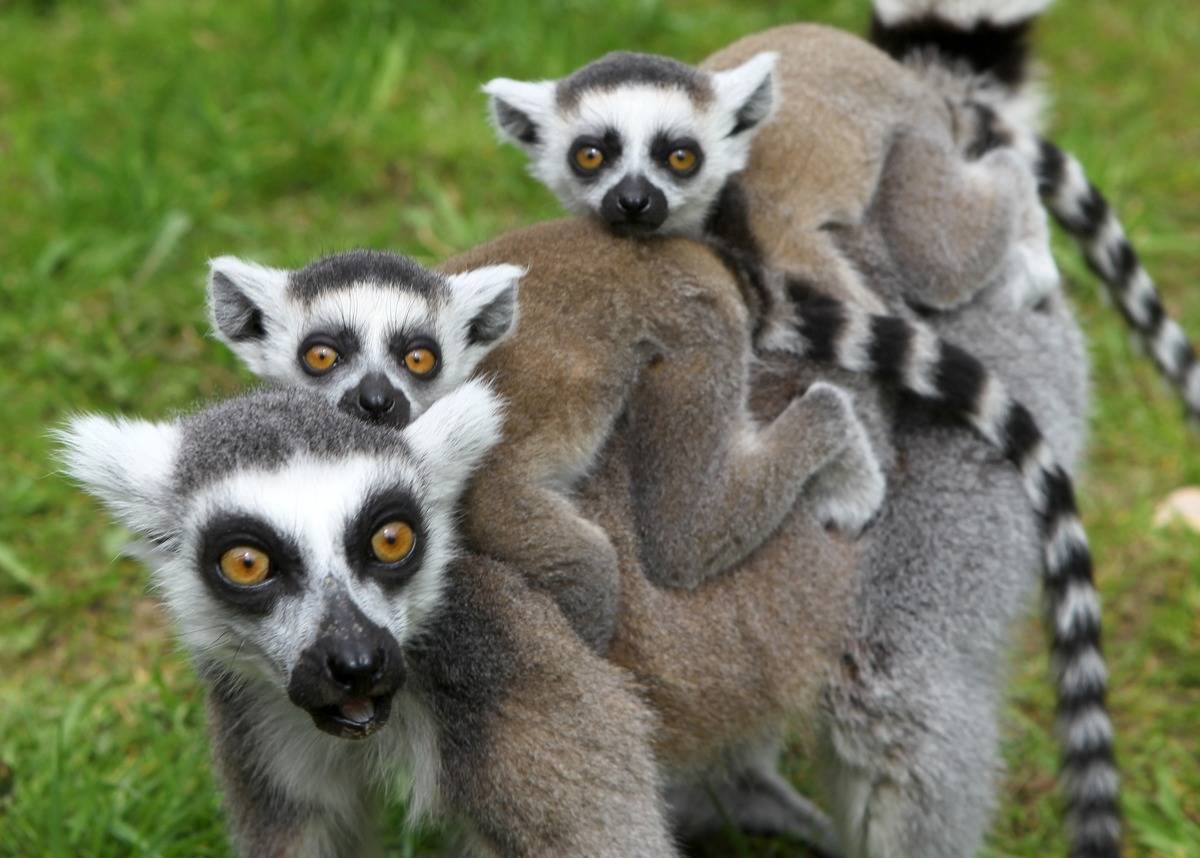
The word “tail” is part of their name for a good reason. The ring-tailed lemur’s tail is actually longer than its body! Males have glands near their bottoms that they use to spread scents on their tails and wave them at rivals, a behavior called “stink fighting.”
Giant Anteater: Brazil
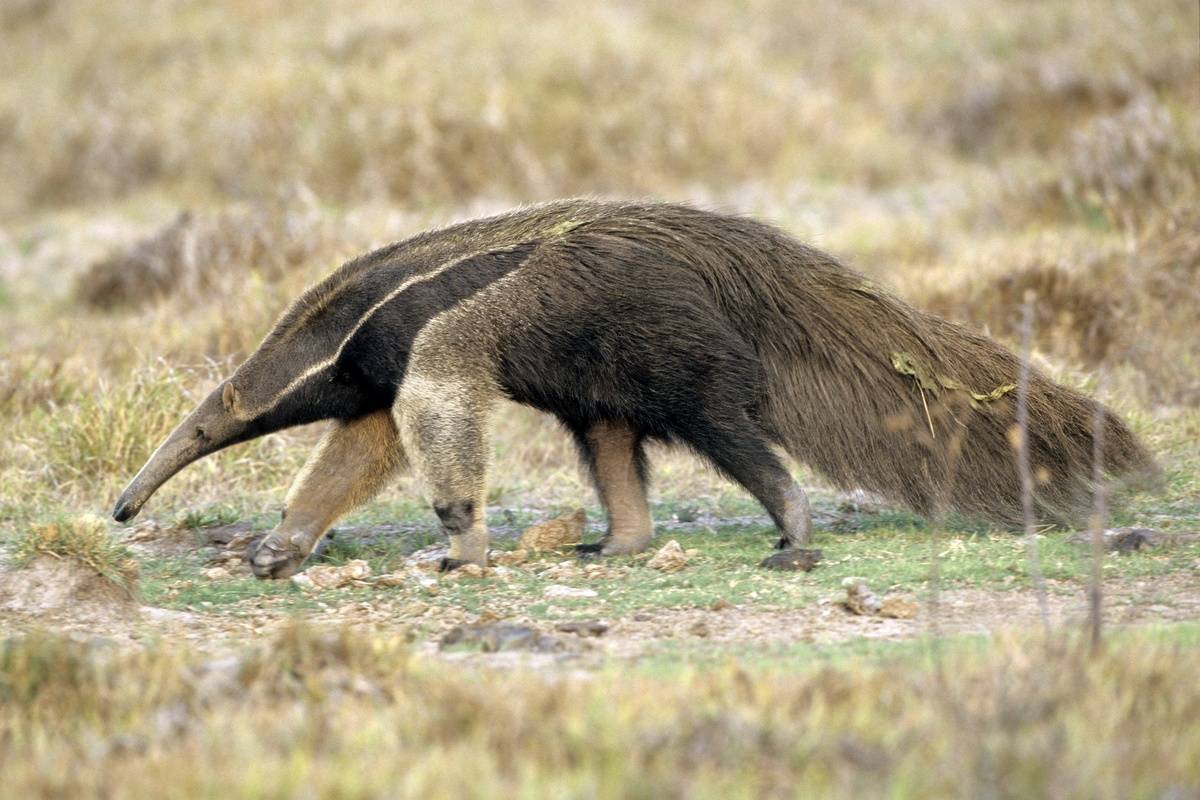
The giant anteater is a remarkable creature with a very specific job—devouring massive quantities of ants and termites. With its specialized long snout and tongue, it can consume up to 35,000 insects per day. In terms of size, these anteaters are about the same size as a golden retriever, making them an impressive sight to see in the wild.
Killer Whales: Canada
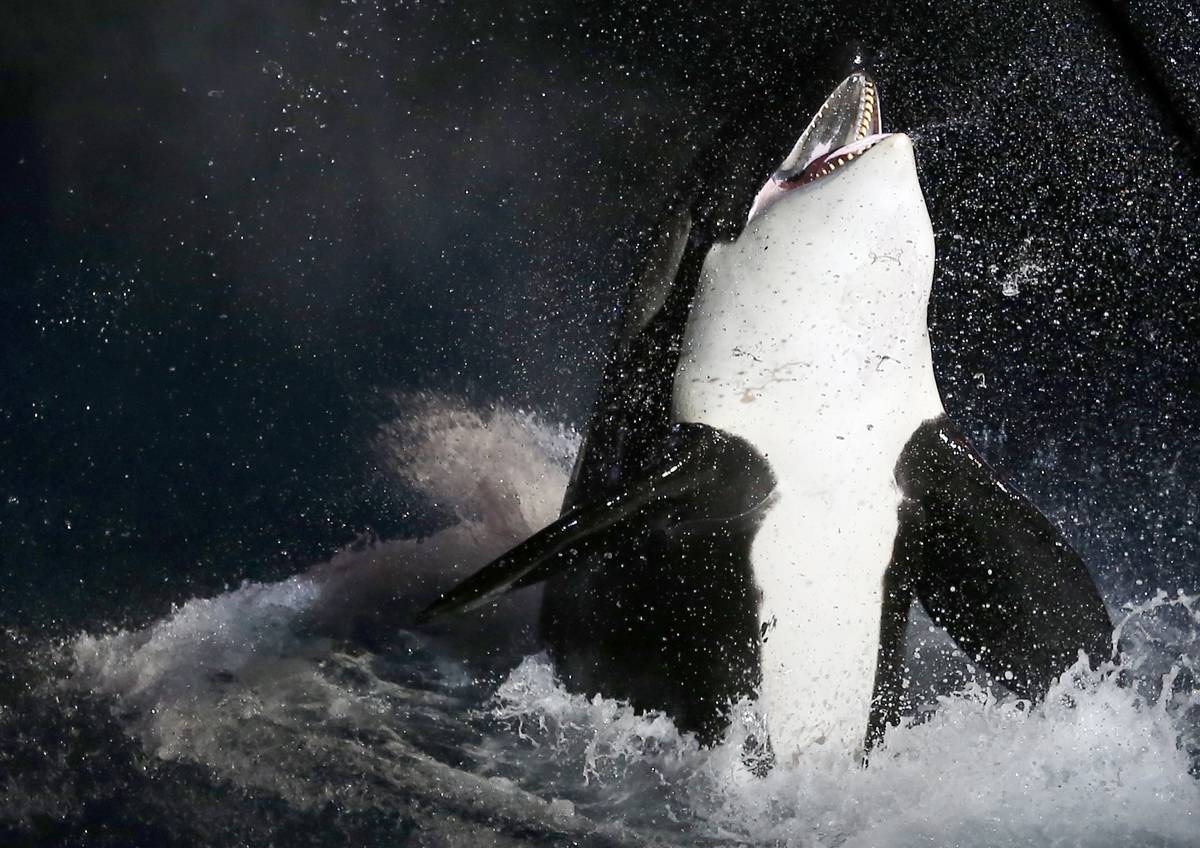
In Johnstone Strait, a narrow channel between Vancouver Island and British Columbia, you can embark on kayak camping trips that take you to prime spots for observing incredible marine life. The summertime is the best time to experience this.
Orangutan: Borneo and Sumatra
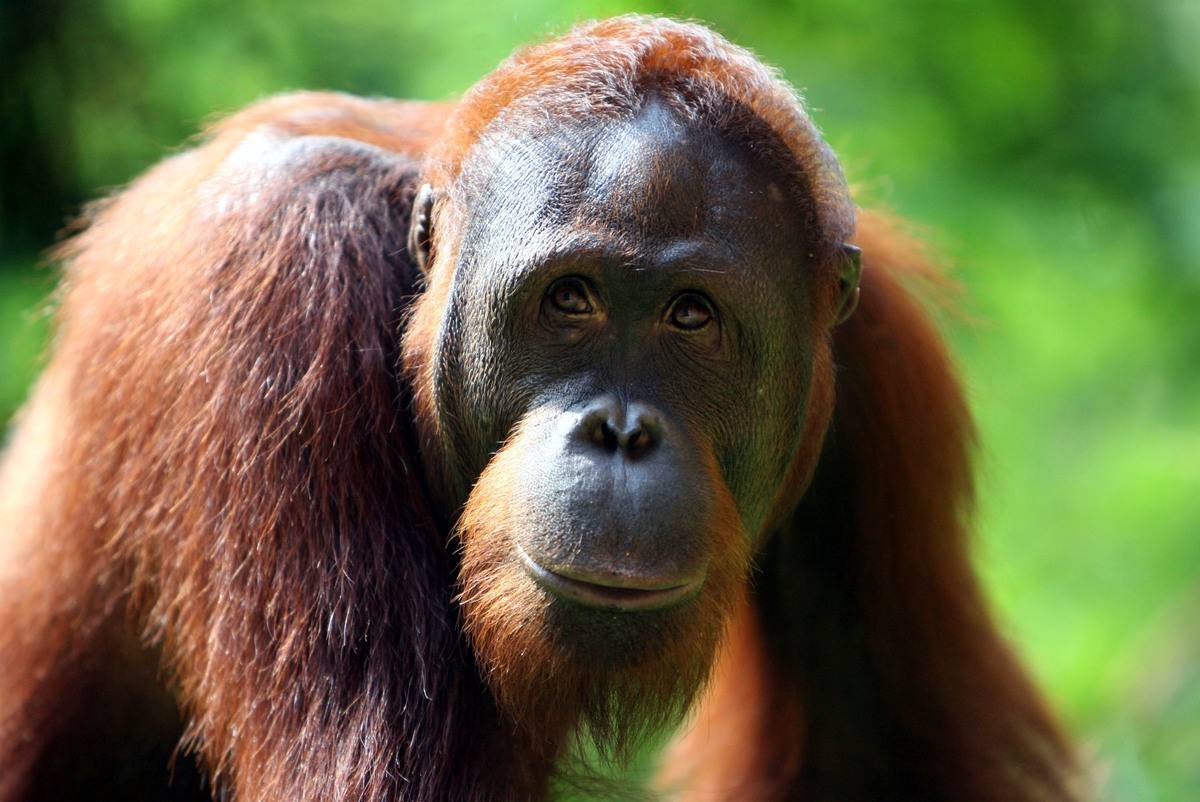
A legend in Indonesia tells of a time when this creature could speak, but it fell silent out of fear once humans began to enter the forest. In the Malay language, they are still referred to as the “people of the forest,” a nod to their deep connection with nature.
Snow Monkeys: Japan
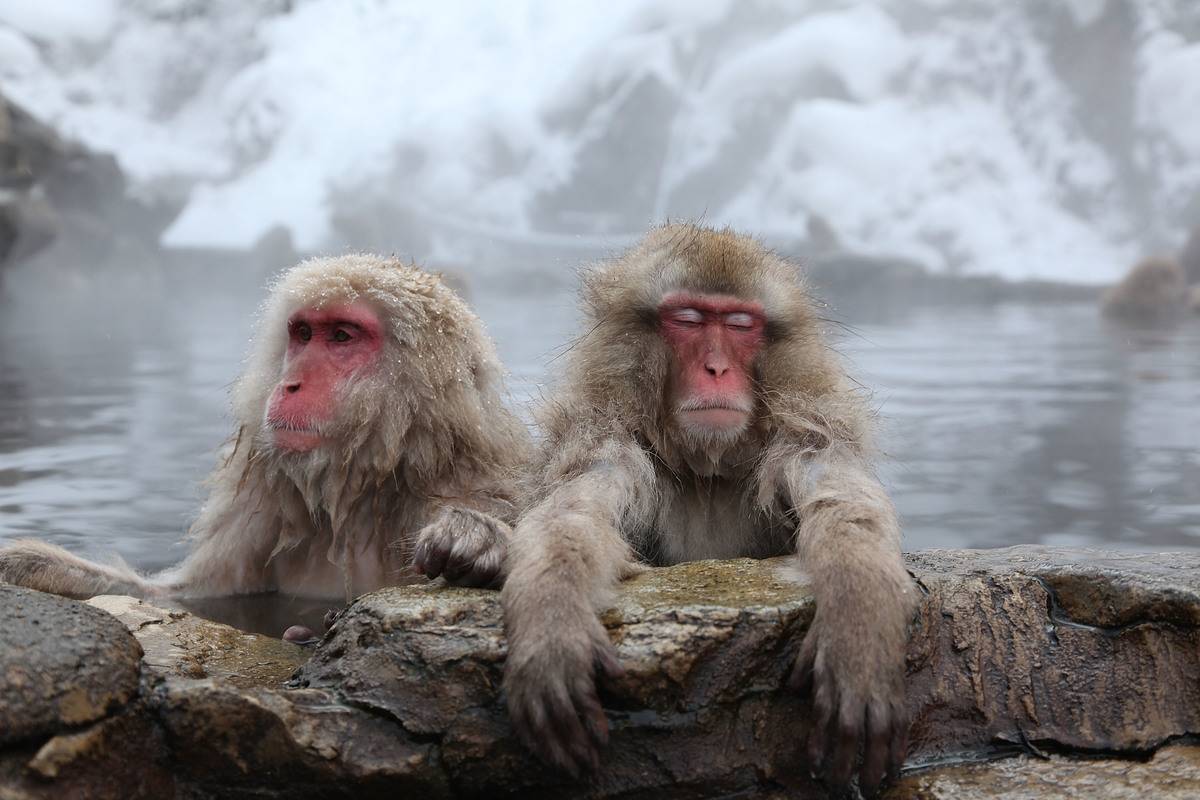
Also called the Japanese Macaques, these monkeys love to simply relax in natural hot spring baths. The Jigokudani Monkey Park in Japan allows visitors to get up close and personal with the monkeys who just ignore them to play with each other.
Iguanas: Ecuador

Iguanas love the heat. Not only do they prefer to bask in 90-degree Fahrenheit weather, but they also need the sun’s UV light to make vitamin D in their skin. This allows them to absorb calcium as a food source.
Pandas: China

This adorable creature is best found in the Minshan Mountains of China, an area far away from the city. Its excess of bamboo offers a good environment for the 720 pandas that live there. That number actually makes up about 45% of the wildlife population.




